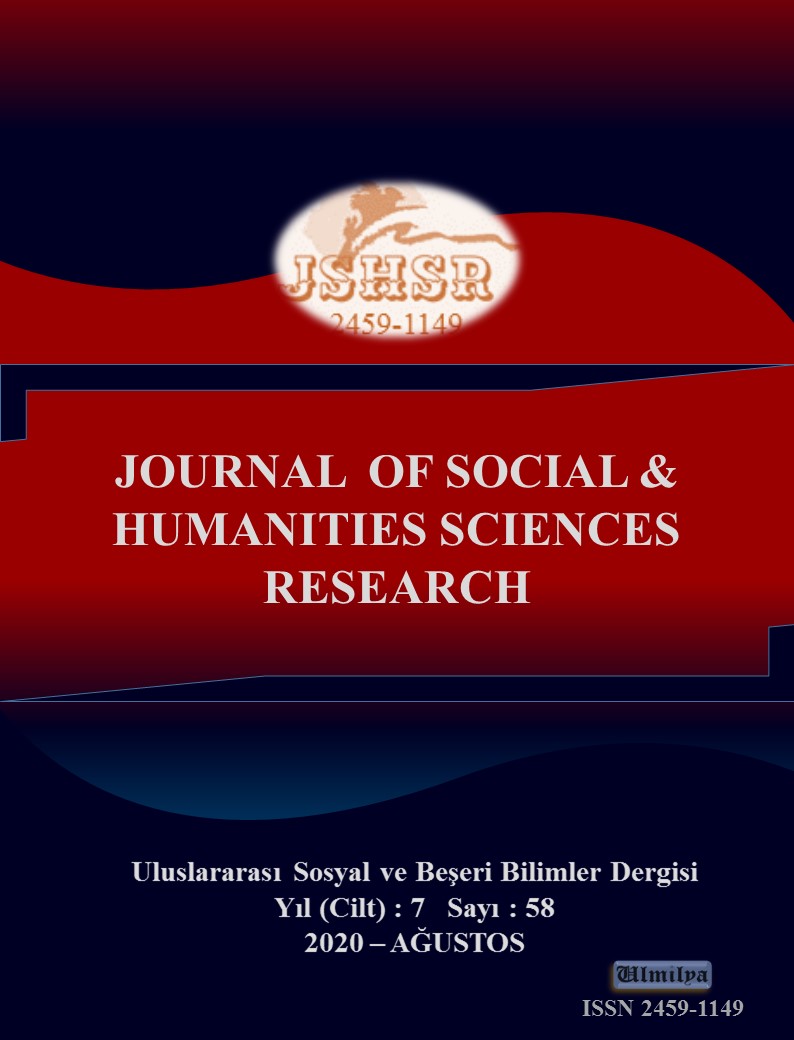URBAN IDENTITY IN THE CONTEXT OF HISTORICAL CONTINUITY RELIGIOUS STRUCTURES: EXAMPLE OF KAYSERİ CUMHURİYET SQUARE
DOI:
https://doi.org/10.26450/jshsr.2002Keywords:
Urban identity, religious structures, Kayseri, Huand Mosque, Kurşunlu Mosque, Bürüngüz MosqueAbstract
Cities are public living spaces that have historical continuity and contain various layers formed by the reflection of societies ' lifestyles and cultural values on the place. The whole of the relationships that elements such as structures, roads, landscape components, urban accessories, sculptures define the identity of the city. Among all these elements that define the identity of the city, religious buildings are at a special point with their semantic value and their spiritual connection with society. They have a special form of perception and reminiscence thanks to the relationships they establish with individuals in terms of faith and the formal characteristics they have and the relationships they define in the urban area.
With this approach, the place of the religious buildings in the city center that witnessed stratification and identity formation in Kayseri, a city with multi-layered and cultural continuity, will be investigated. The location of the Huand mosque, Kurşunlu Mosque and Bürüngüz mosque in Kayseri city center selected as the study area will be determined.
Downloads
Published
How to Cite
Issue
Section
License
Copyright (c) 2020 INTERNATIONAL JOURNAL OF SOCIAL HUMANITIES SCIENCES RESEARCH

This work is licensed under a Creative Commons Attribution 4.0 International License.


